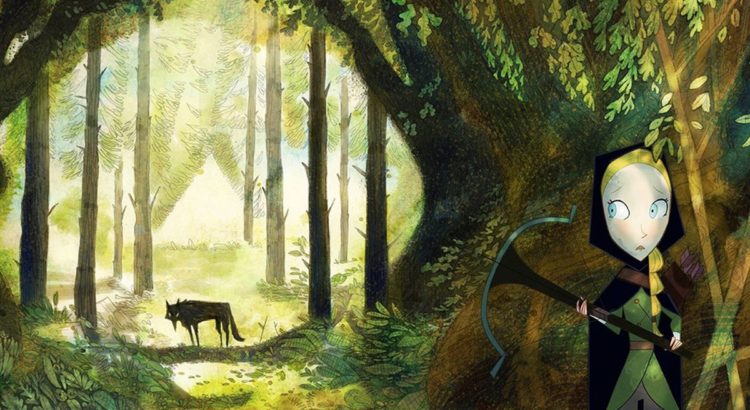Some call it a film for children; others criticize it as lazy and aimless storytelling. Some even find it boring. But after watching the animated film “Flow,” I can see why it has captivated audiences worldwide.
“Flow” follows a cat trying to survive in a post-apocalyptic world where the water is continuously rising. The film’s protagonist, simply known as Cat, must work together with a group of animals to stay alive, including the Labrador, the Lemur, the Capybara and the Secretarybird.
The film’s plot is loose and meandering, reflecting its unconventional creation process. Director Laila Bērziņa chose to forgo traditional storyboarding and worked without any deleted scenes, allowing the narrative to develop organically. This stream-of-consciousness approach lends the film a natural and almost dream-like quality that some viewers may find aimless. Yet for others, it’s this unpredictability that makes “Flow” feel so authentic, like a visual diary rather than a structured story.
One of the most striking elements of “Flow” is its complete lack of dialogue. Instead, the film relies entirely on music and sound to convey emotion and progress the plot. The absence of spoken words forces the viewer to pay attention to the soft, pastel visuals in order to keep track of what is happening. This makes it impossible to absentmindedly scroll on your phone — you have to be present. The score, composed by Latvian musician Ilze Kalniņa, heightens the immersion with its haunting melodies. Through this unique combination of visual storytelling and sound design, “Flow” proves that a film doesn’t need dialogue to be moving.
The animation style of “Flow” is just as unique as its storytelling approach. Entirely created using Blender, a free and open-source graphics software, Flow stands as a testament to the power of independent animation. The decision to use Blender not only gave the film its signature fluidity and hand-crafted feel, but also demonstrated how accessible tools can produce Oscar-winning results.
The film’s critical success is undeniable. It won the Academy Award for Best Animated Feature and Best Original Score, impressively beating out Disney’s Inside Out 2 and Studio Ghibli’s Kaze no Uta. These wins marked Latvia’s first-ever Oscars, and the country erupted in celebration of the country’s recognition. Latvians hailed “Flow” as a victory for both the nation and the animation team.
Despite being an animated film, and therefore often perceived as child-oriented, “Flow” resonates with audiences of all ages. Its mix of tension, tenderness and visual beauty makes it not just a film to watch but a film to experience. While it might not appeal to everyone, “Flow” undeniably pushes the boundaries of what animation can achieve and challenges us to see storytelling through a new lens.













